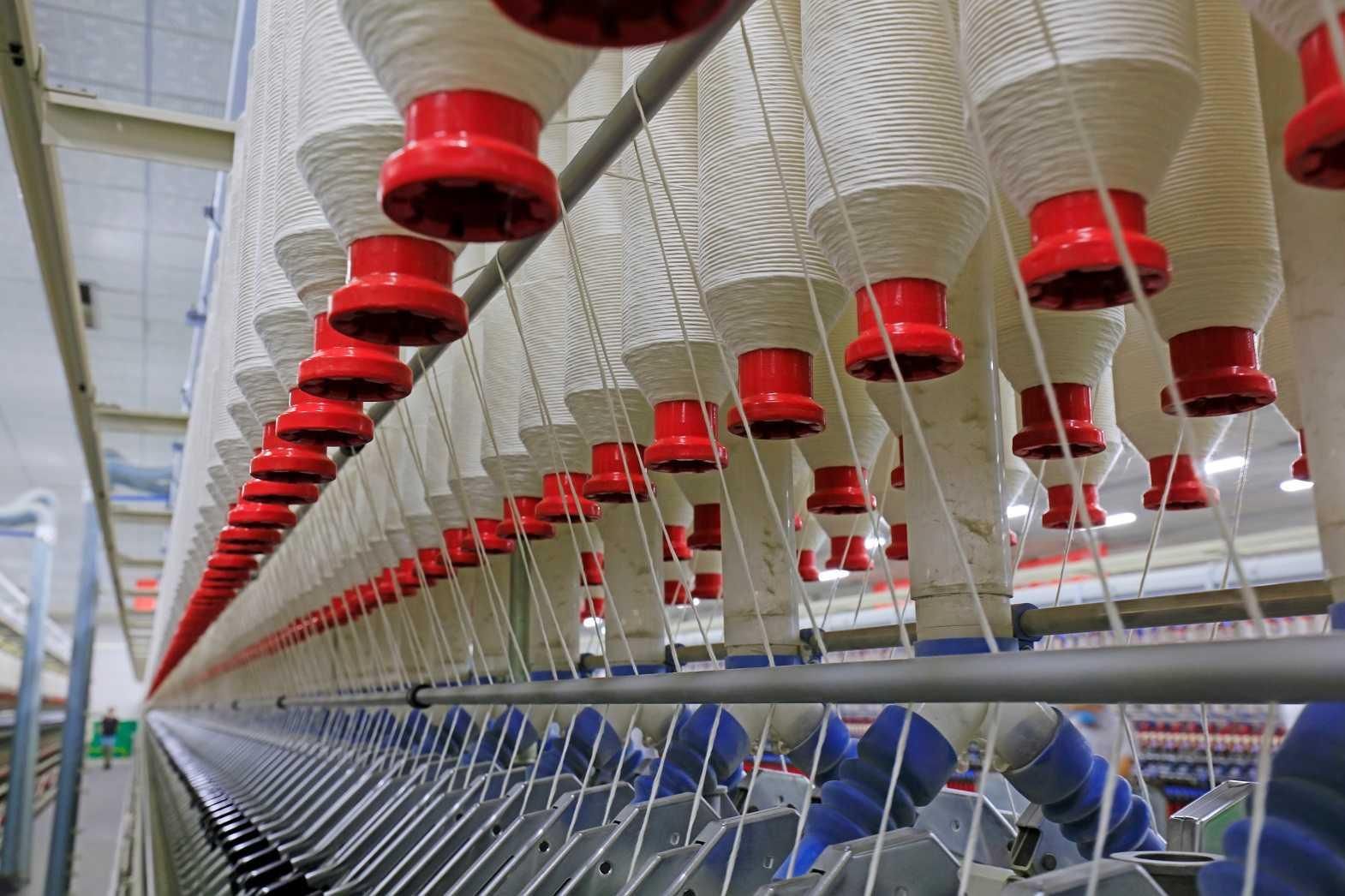The aim of new yarn technologies is to incorporate the more desirable features in the yarns such as an increase in strength, productivity, and clearance in yarn hairiness. That the compact spinning technology has achieved these goals is a well-known fact. The extents to which tensile properties have improved have been demonstrated in a number of papers. While the attachment have been made in ring frames by various machinery manufacturers it was thought that the rotor spun yarns should benefit from the technology and consequently an attempt was made to incorporate the compacting device in rotor spinning. Rotor spun yarns are known for the low strength in comparison with ring spun yarn, and if the performance can be improved with the aid of an air-jet nozzle it will be welcome. It is, therefore, the purpose of this paper to report on the low-stress mechanical properties of regular and compact rotor spun yarns as these affect such properties of fabrics as drape, handle, and tailorability. The work described in this paper is concerned with tensile, bending, compression, and torque properties.
Read Full Article
This article was originally presented in ATNT 2007 held on 18-20, June 2007 at Kumaraguru College of Technology, Coimbatore, India. J. Kannappan is associated with Kumaraguru College of Technology, and K. Ramachandralu is associated with P.S.G. College of Technology.








Comments